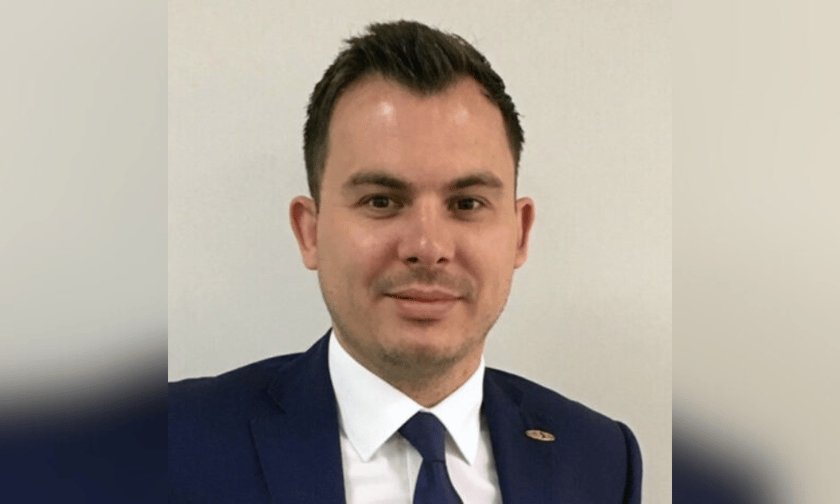

The complexity of each regulatory landscape varies from region to region, country to country, and in some cases even state to state. Similarly, the impacts of economic and political instability, supply chain concerns, taxation issues, and talent management challenges differ depending on where your organisation is operating.
For multinational corporate companies, which are often tasked with navigating these disparate risks across multiple jurisdictions, the whole of this challenge is often greater than the sum of its parts. And, amid the volatility and complexity of today’s operating environment, they’re actively seeking solutions that are both proactive and specialized in nature.
The challenge for insurance businesses is to be the partner of choice able to deliver a comprehensive and customiswd program that supports companies’ adaption to this risk environment. In the context of the claims sector, specifically, the development and implementation of these programs hinges on developing a keen understanding of a client’s business model, requirements and challenges – rather than making assumptions as to what that client needs.
Launched in May 2024, Crawford and Company’s ‘Corporate Client Practice’ works with corporates, brokers, insurers and captives to provide a solutions for claims of any scale, size, or complexity worldwide. Heading up the unit is Wayne Brand (pictured) who highlighted the need for innovative solutions to mitigate the challenges facing these firms – and the brokers who look to support them.
“More recently, what we’re seeing is the changing regulatory requirements in local countries,” he said. “So, we have to be agile with our model to make sure that when regulatory requirements do shift alongside varying cultural and customer demands, our people are experienced enough to understand the solutions that can meet those challenges.”
Regulation is a key thread impacting multinational corporations not least because it has the ability to wrap itself around each and every one of a business’s processes. Increasingly, technology is taking up a similar focus, especially as generative AI (GenAI) increasingly moves beyond buzzword status to becoming almost a BAU tooling.
“Clients always want to know what we’re doing with regards to technology,” Brand said. “They want to know whether it can currently be imported into their program and, if so, whether it can be adopted across all regions.”
Where a new technology or process cannot yet be adopted across an entire program, because they’re only accessible in some regions, the onus is on clients’ insurance partners to keep horizon scanning to keep track of how that’s changing. There’s a lot of excitement and interest in GenAI capabilities but the reality remains that these are still an unknown quantity, and the regulatory landscape around these tools is evolving at pace. “We still need to really think about how we’re going to bring this to life in a way that brings genuine value to the customer and the claims process,” Brand added.
Developing a holistic approach that doesn’t lose track of the bespoke program requirements of multinational corporates requires a laser focus on getting the foundations of the proposition laid down right. Consistency is key, both in terms of the proposition itself and how it’s delivered so that when a client needs support, they can guarantee the same experience and outcomes, regardless of the region in which they’re operating.
It's the task of insurance businesses to visualise how to create a single point of contact and to deliver that vision. “Also, ultimately,” Brand said, “it comes down to how we can reduce the costs, reduce the spend, reduce the indemnity and reduce the risk – whether that be the direct risk i.e. claims and the costs associated with claims, or indirect risk such as reputational damage to the brand if regulator requirements aren’t fulfilled.”
Any experienced and trusted adjusting firm needs to rise to the challenge of helping its clients avoid both indirect and direct risks to their balance sheets. But Brand cautioned that a key obstacle to realising this ambition is often one of cultural rather than strategic differences. “We recognise that we have to align with the values of our partners and the expectations of their own stakeholders,” he said. “We’ll keep true to our values and our strategic pillars but we’ll do so by finding a common ground between those and how our partners expect us to look and feel.”
